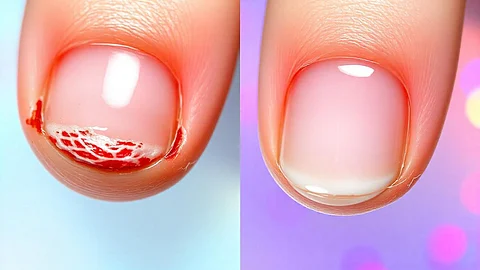My Personal Experience: Why Nail Care Is Essential
I didn’t think much of pushing back my cuticles until one day, I noticed a small red patch near my nail. Over the next few days, the area became swollen and painful, eventually leading to a full-blown infection. Despite trying at-home remedies, I ended up losing the entire nail.
This experience taught me a crucial lesson: cuticles are not meant to be tampered with.
How to Properly Care for Your Nails: Here are some simple yet effective tips.
1. Keep Your Cuticles Intact
Avoid cutting or aggressively pushing back your cuticles. Instead, gently push them with a soft tool after a warm shower if needed.
2. Moisturize Regularly
Dry cuticles are more prone to cracking, creating an entry point for infections. Use oil or a hand cream to keep cuticle hydrated.
3. Use Sterilized Tools
If you use nail grooming tools, ensure they are clean and sterilized. This will prevent from spreading of bacteria and fungi.
4. Avoid Biting or Picking
Biting nails or picking at cuticles can lead to tears and infections.
5. Wear Gloves for Protection
If your hands are frequently exposed to water, detergents, or chemicals, wear protective gloves to minimize damage to your skin and nails. [2,3]
When to Seek Medical Attention for Nail Infections
While mild infections can sometimes be treated at home with warm soaks and over-the-counter antiseptics, severe cases require medical attention. Consult a healthcare professional if you notice:
Home Remedies for Nail Infections
If you’re dealing with a mild infection, here are some remedies to try:


